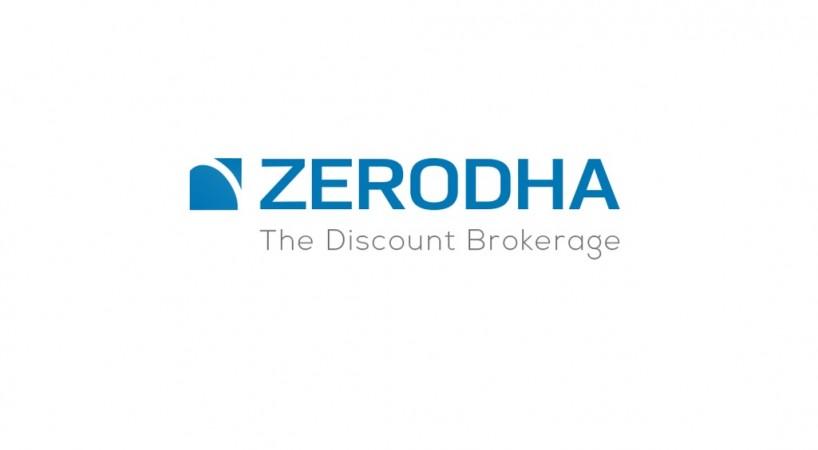
Zerodha, a leading online brokerage firm, has made a significant decision in response to the revised exchange transaction charges (ETC) and securities transaction tax (STT). The company has chosen not to charge users after these changes came into effect, a move that is expected to impact 10% of its revenue. Despite the financial implications, Zerodha's Co-founder and CEO, Nithin Kamath, confirmed that equity delivery would continue to be free at Zerodha, with no changes to their brokerage. This decision comes in response to SEBI's "true-to-label" circular, which will eliminate rebates that currently contribute to 10% of Zerodha's revenue.
The changes in STT and transaction charges will result in a net increase in the cost of trades. For options, STT increases to 0.1% from 0.0625%, and transaction charge decreases to 0.035% from 0.0495%. This results in a net increase of 0.02303% or Rs 2,303 per crore of premium on the selling side on NSE and of 0.0205% or Rs 2,050 per crore on BSE. For futures, STT increases to 0.02% from 0.0125%, and transaction charge decreases to 0.00173% from 0.00183%. This results in a net increase of 0.00735% or Rs 735 per crore of futures turnover on the selling side.

The nature of risks is evolving faster than ever, especially when it comes to natural catastrophes (NatCats), the net-zero transition, and supply chain and cyber risks. Rather than stepping back and reducing their exposure, commercial carriers have a significant opportunity to step forward to address the growing protection gaps—or risk losing relevance in a changing world. Kamath revealed that 90% of their revenue from these rebates comes from options trading alone. With the new circular, brokers will no longer earn these rebates. This could force all brokers to adjust their pricing models in the coming months.
In the context of the global financial landscape, the wealth management sector in the U.S. has seen significant changes. A study revealed that Americans need a six-figure salary to afford a typical home in nearly half of U.S. states. This is due to high mortgage rates, rising home prices, and low housing inventory. To afford a median-priced home of $402,343, Americans need an annual income of $110,871. This is a nearly 50% increase in just the last four years.

















